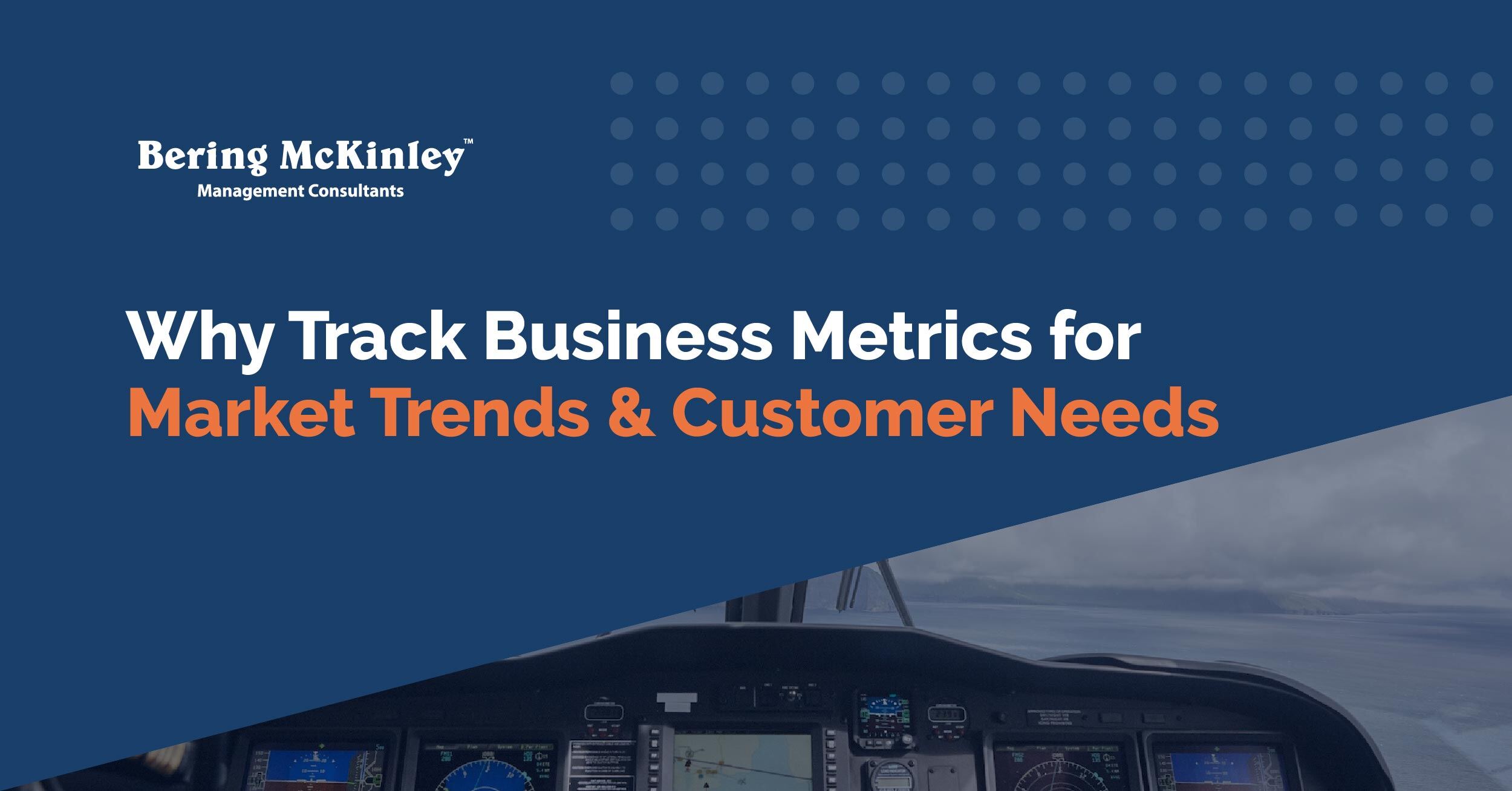From Planning to Execution: Translating Business Goals into Performance Targets
Running a successful Managed Service Provider (MSP) business is no small feat—it requires careful strategy, precise execution, and constant...
4 min read
 Josh Peterson
:
May 28, 2025 11:00:00 AM
Josh Peterson
:
May 28, 2025 11:00:00 AM

Business decisions without metrics? It’s like sailing blindfolded. Managed Service Providers (MSPs) operate in a highly competitive and fast-evolving industry, where identifying market trends and predicting customer needs is key to long-term success. That’s where the power of business metrics comes into play. When tracked properly, these numbers reveal more than performance—they unlock game-changing strategies that can keep your business ahead of the curve.
Curious about why tracking business metrics is essential for MSPs? This blog breaks down how key performance indicators (KPIs) can be your guiding star for growth, insight, and profitability. We’ll also explore how to analyze these metrics to anticipate customer behaviors and uncover untapped market trends.
Let’s dig into the numbers and discover how to leverage them effectively for your business.
At the heart of every successful MSP is their ability to measure what matters. Tracking key metrics not only assesses the health of your business but also delivers insights that are crucial for growth. Here’s what strong business metrics can offer:
Still wondering if measuring metrics is really necessary? Imagine launching a service without knowing its demand or marketing a niche solution to the wrong audience entirely. Tracking the right metrics ensures your decisions are less guesswork and more strategy.
Now, where do you start? The answer lies in identifying the right KPIs.
Not all metrics are created equal. While churn rates might mean everything for startups, MSPs need to focus on KPIs that directly reflect operational efficiency, financial performance, and client satisfaction. Here’s a closer look:
By focusing on these KPIs, you’ll not only stay competitive but also demonstrate accountability to your clients, partners, and internal stakeholders.
You’re collecting data—but now what? Data is only powerful when you know how to interpret it and use it strategically. Here’s how to do it like a pro:
Invest in automation tools like BrightGauge, ConnectWise Manage, or HubSpot to streamline tracking. These platforms can aggregate your data into dashboards, making it easier to spot trends at a glance.
Metrics mean little without a clear benchmark. Use past performance or industry standards to measure your current standing. For instance, if the average MRR growth rate in the MSP industry is 20%, aim to exceed that with consistent efforts.
Metrics need consistent monitoring to stay relevant. Schedule monthly or quarterly reviews with your team to evaluate progress and adapt strategies to emerging issues.
Don’t just measure success at a surface level. If customer retention rates are dropping, dig deeper. Is it due to unresponsive services, pricing concerns, or unmet SLAs? Understanding the “why” is more important than the “what.”
Every report should lead to actionable insights. If numbers leave you puzzled, partnering with consultants who specialize in interpreting MSP metrics can be a game-changer.
What if you could understand what your clients need before they even ask? Metrics make that possible. Here are ways to gauge customer needs through your numbers:
Tracking what kinds of support tickets clients submit most frequently can help anticipate the tools, product features, or systems they require. If several tickets revolve around cloud storage, consider offering more robust storage solutions.
Customer satisfaction (CSAT) surveys not only highlight areas of improvement but can also reveal what additional services customers are looking for.
Using analytics platforms helps track how customers are engaging with your offerings. Are clients fully utilizing your bundled services? If not, you might want to refine your onboarding process.
Imagine not just meeting client needs but exceeding their expectations by making proactive service suggestions. That’s how you create lifelong customers.
Beyond client behavior, metrics can also highlight broader market trends. Think of them as a crystal ball, helping you stay relevant amidst industry shifts.
Being data-driven means staying one step ahead. Metrics ensure you’re leading trends—not following them.
Metrics are complex, but interpreting and leveraging them doesn't have to be overwhelming. At Bering McKinley, we specialize in helping MSPs like you master their business metrics, uncover growth opportunities, and exceed their goals.
Whether you need a clearer picture of your KPIs, insights into your existing data, or strategies to outshine your competitors, our expert consultants are here to help. Together, we’ll turn your numbers into actionable plans for long-term success.

Running a successful Managed Service Provider (MSP) business is no small feat—it requires careful strategy, precise execution, and constant...

{% video_player "embed_player" overrideable=False, type='hsvideo2', hide_playlist=True, viral_sharing=False, embed_button=False, autoplay=False,...